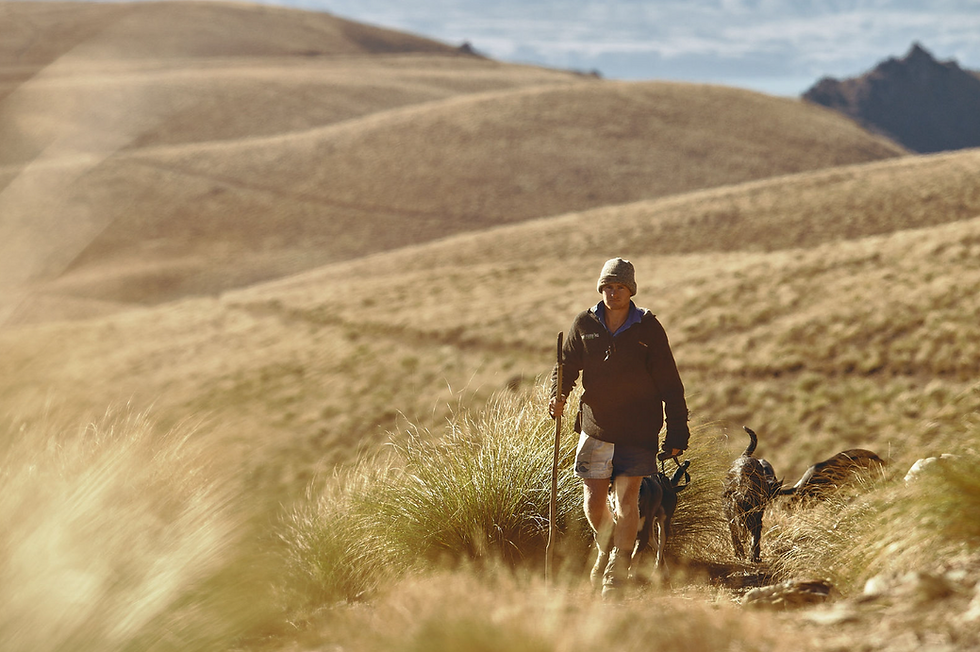Why animals are necessary for regenerating the land
- ZQ Natural Fibre

- Oct 14, 2020
- 1 min read

Why is it better for the land to have animals on it?
Why can't we just farm a whole bunch of plants and enjoy a lush landscape, with insects and butterflies roaming the rich biodiversity?
Well, we can. But it's not what nature intended...
Before farming was a thing, animals would roam the land in herds, grazing the grass in one delicious area before moving on to the next green pasture, often not returning to the same spot until next year, or sometimes not at all.
This created 'rest' time for the grazed pasture. The time period when the animals had moved on was when the paddock would naturally regenerate itself, ready to be grazed again.
The cycle of grazing, coupled with periods of rest, means the grass is encouraged to produce new green leafy material, instead of just being left to grow and die. More new growth and green leaves means more 'solar panels' for photosynthesis. More leaves and more growth also mean more roots, which all together gives us more opportunity for carbon sequestration in the soil.
How is regenerative farming different to more conventional methods?
REGENERATIVE AGRICULTURE FOCUSES ON...

Instead of relying on outside inputs like chemicals and artificial fertilisers to 'boost' productivity of the land, regenerative agriculture concentrates on the soil, plants and animals working in unison:
SOIL, PLANTS AND ANIMALS WORKING TOGETHER

And so the cycle continues... round and round it goes!

Animals play an integral part in the process of regenerative farming, however, good grazing management is crucial to prevent overgrazing and depleting plant root reserves. We're working alongside ZQ growers to make the most of their individual farm goals.







